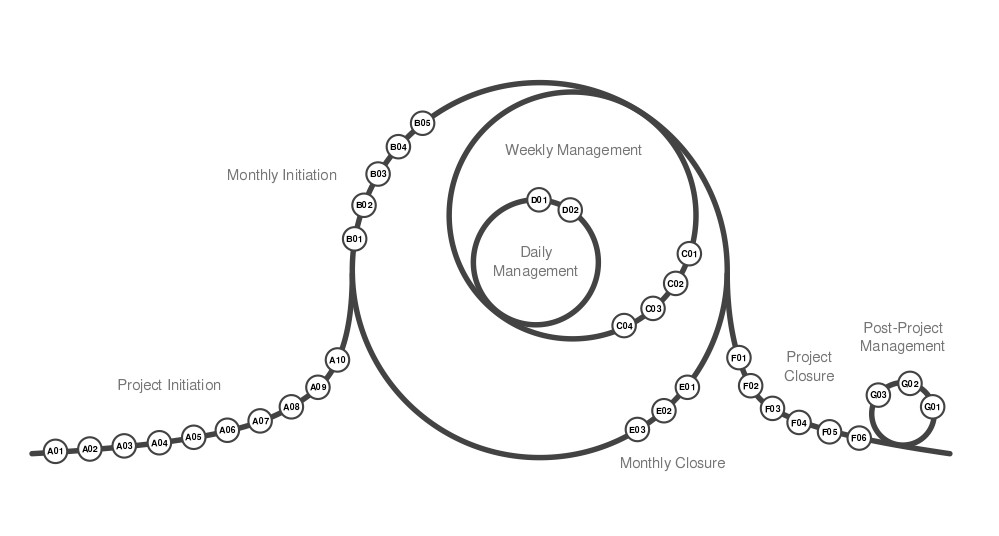What makes P3.express different from other methodologies
The use of methodologies greatly simplifies project management and makes processes more structured. Different approaches are suitable for large or small teams and tasks of varying complexity. Besides Scrum, another popular methodology is P3.express. It provides a user-friendly framework which is adaptable to changing needs.
Despite their effectiveness, some methodologies are pretty difficult to master. This is where P3.express has a significant advantage—it is as practical as possible. This approach is ideal for inexperienced managers and their teams, as detailed instructions are available. The methodology consists of 33 steps, each explained in detail. The approach provides the manager with a versatile tool to structure all operations in the workflow. At the same time, it follows a minimalist principle and eliminates unnecessary steps that only complicate the work.
The essence of the methodology:
- the process of creating a product can have 33 steps;
- the steps are, in turn, divided into seven groups;
- groups are formed taking into account key points, e.g. project start, testing, release;
- the work takes place in the format of cycles organised by months.
The Pareto principle is the basis of P3.express. In this approach, the team should achieve 80% of the result with 20% of the effort. This allows for systematically distributing resources across all stages of the project and avoiding burnout.

Approach steps
Process preparation is the most significant step in the methodology. This step involves planning the other steps but without describing them in detail. It is also where the project manager decides to start work.
He then moves on to cycle planning, looking at the details. According to the methodology, the manager should review the processes at the beginning of the month. This helps to identify problems and solve them.
The third step is the weekly actions. In this step, the manager evaluates the team’s weekly performance and analyses its productivity.
In addition, P3.express also uses daily actions, where the manager assesses risks, reacts to them and solves current problems.
The fifth step is to close the loop. Here, it is important to get feedback from stakeholders. This gives the manager an overall picture of progress, not just the team’s opinion. Closing the project involves handing over the product and preparing the necessary documentation.
Unlike many approaches, P3.express includes a post-project step. This step allows you to evaluate the project’s success and analyse its strengths and weaknesses.
It is important to realise that no methodology is guaranteed to be effective. Even the most universal system does not eliminate failure or the risk of failure. It all depends on the project manager’s ability to communicate with the team.




